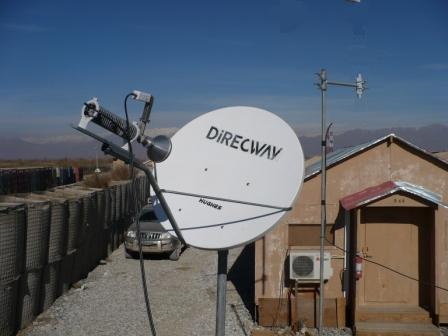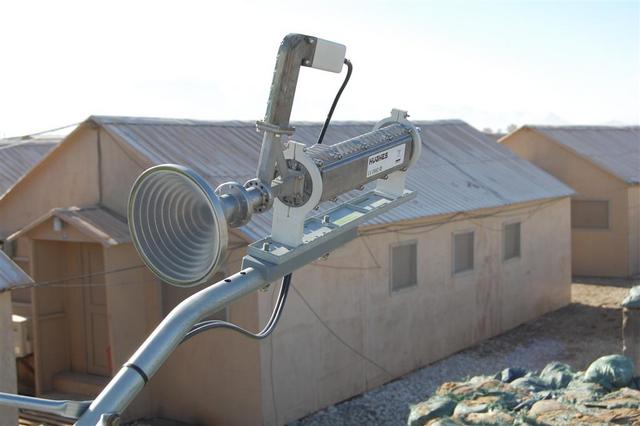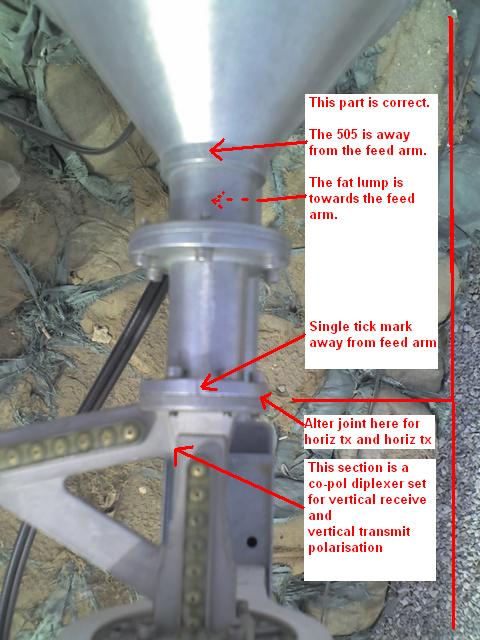Satellite Internet Forum.
Welcome, Guest. Forum rules.To search this site click here > SATSIG search
| Home Login Register |
| Satellite Internet forum › HughesNet and Hughes HX VSATs › Yet another military HX thread |
|
Pages: 1
|
Yet another military HX thread(Read 20928 times) |
|
maytagman
Member
★★ Offline Posts: 4 |
Feb 26th, 2008 at 1:05pm
|
| Back to top |
IP Logged
|
|
Eric Johnston
Senior Member
★★★ Offline Posts: 2109 |
Reply #1 - Feb 26th, 2008 at 2:24pm
|
| Back to top |
« Last Edit: Feb 26th, 2008 at 3:35pm by Eric Johnston »
IP Logged
|
|
maytagman
Member
★★ Offline Posts: 4 |
Reply #2 - Feb 27th, 2008 at 11:27am
|
| Back to top |
« Last Edit: Feb 27th, 2008 at 11:09pm by Admin1 »
IP Logged
|
|
Eric Johnston
Senior Member
★★★ Offline Posts: 2109 |
Reply #3 - Feb 27th, 2008 at 4:58pm
|
| Back to top |
« Last Edit: Feb 27th, 2008 at 11:25pm by Eric Johnston »
IP Logged
|
|
USN - Retired
YaBB Moderator
★★★★★ Offline Posts: 837 Kentucky (USA) |
Reply #4 - Feb 27th, 2008 at 5:49pm
|
| Back to top |
« Last Edit: Feb 27th, 2008 at 11:18pm by Admin1 »
USN (Ret)
IP Logged
|
|
A.Walker
Senior Member
★★★ Offline Posts: 316 |
Reply #5 - Feb 27th, 2008 at 9:27pm
|
| Back to top |
IP Logged
|
|
maytagman
Member
★★ Offline Posts: 4 |
Reply #6 - Feb 28th, 2008 at 5:50am
|
| Back to top |
IP Logged
|
|
A.Walker
Senior Member
★★★ Offline Posts: 316 |
Reply #7 - Feb 28th, 2008 at 1:02pm
|
| Back to top |
IP Logged
|
|
Eric Johnston
Senior Member
★★★ Offline Posts: 2109 |
Reply #8 - Feb 28th, 2008 at 1:53pm
|
| Back to top |
IP Logged
|
|
maytagman
Member
★★ Offline Posts: 4 |
Reply #9 - Feb 28th, 2008 at 2:47pm
|
| Back to top |
IP Logged
|
|
USN - Retired
YaBB Moderator
★★★★★ Offline Posts: 837 Kentucky (USA) |
Reply #10 - Feb 28th, 2008 at 3:14pm
|
| Back to top |
USN (Ret)
IP Logged
|
|
Eric Johnston
Senior Member
★★★ Offline Posts: 2109 |
Reply #11 - Feb 28th, 2008 at 3:22pm
|
| Back to top |
IP Logged
|
|
A.Walker
Senior Member
★★★ Offline Posts: 316 |
Reply #12 - Feb 29th, 2008 at 10:36am
|
| Back to top |
IP Logged
|
|
Pages: 1
|
Email me: eric@satsig.net
Powered by YaBB 2.5.2!
YaBB Forum Software © 2000-. All Rights Reserved.
Disclaimer, Terms of Use and Privacy Forum User Agreement Forum rules Cookie policy.







